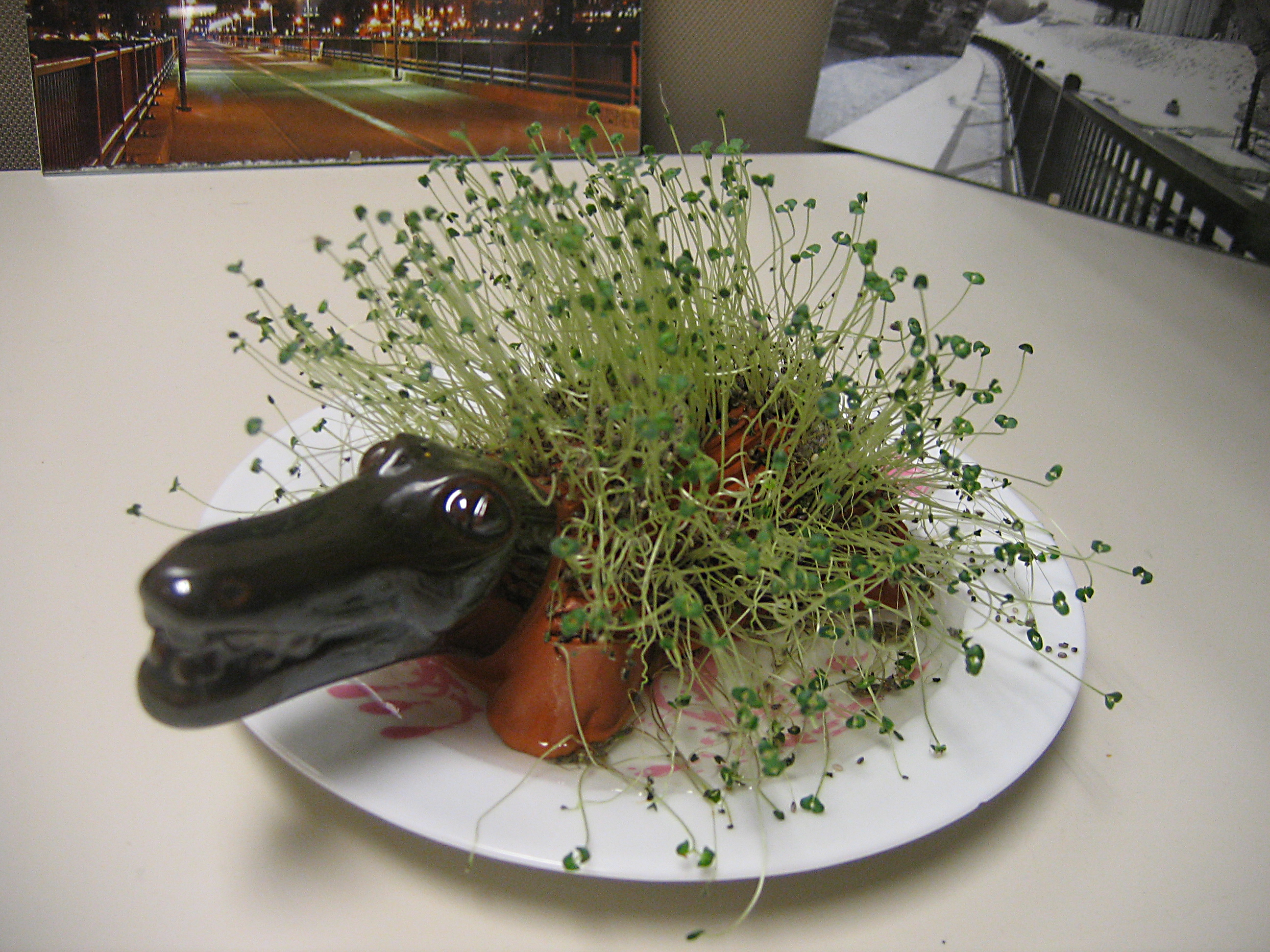
Long ago, when I was young and had better than 20/20 vision, I sat in a briefing room for training day and the flight doc announced to us all that, despite our current acute vision, we would all need reading glasses someday – probably by the time we were forty. Most of us, including me, scoffed. “No way! My eyes are great. *I’ll* never need glasses!”
Sadly, the flight doc was right. Just before my 39th birthday (didn’t even make it to 40 – bogus!) I started needing longer arms to read things. Teenagers would bounce up and shove phones in my face to show me something, and I’d have to make them back up. Whippersnappers!
I didn’t want to start wearing glasses because I didn’t want the hassle. And I only needed them to read up close. Solution?
I remembered a Marine aviator from my impressionable youth who used to brag that he just bought “cheaters” at the drugstore.
So I went to my local superstore and tried on the sample glasses by the pharmacy to find the right magnification, and bought a multi-pack of those magnifying reading glasses. I don’t remember if they were one-size-fits-all, or if they came in small, medium, and large sizes. I just opened one of the (resealable) packages, tried them on, and decided the fit was ok.
I put a pair on my desk, a pair in my pocket, and a pair in my vehicle, and that solved my problem for several years. They didn’t look spectacular (ha!) but they did the trick. They tended to slide down my nose a bit when I was reading for an extended period of time, but they were cheap and easy.
The cheaters solved my problem for several years, but my near vision gradually got worse. Eventually people started to get blurry at conversational distances. They started to feel like “close-talkers.” I’d try to casually back up so they weren’t blurry any more, but they’d close the distance. Can’t do that dance for long without looking like a freak.
Since I now needed glasses for more than just reading, I decided it was time to start wearing glasses full-time. I went to the optometrist and got my prescription, but of course Tricare doesn’t cover eyeglasses. So I went to a local eyeglass store and got totally screwed. In the interest of blog length, I will spare you the gory details. Let’s just say I wound up several hundred dollars poorer with a pair of glasses that didn’t fit correctly, didn’t solve my vision problems to a satisfactory level, and, therefore, didn’t ever get worn. I went back to my cheaters.
My first pair of prescription eyeglasses are still rotting in a desk drawer.
Life went on, and I made due with the cheaters for a few more years. My near vision continued to deteriorate, but Tricare will only pay for an optometrist visit every two years so I had to wait. Two-plus years later, I got my new prescription and decided to buy new glasses from a membership warehouse. I figured the glasses would be cheaper there, and they wouldn’t try to pressure-sell expensive designer frames to me.
I went to the membership warehouse and was shown a couple of frames that were reasonably priced and looked decent. My optometrist had suggested that, instead of trying to make one pair of glasses work for everything (a tri-focal progressive lens), I get two pairs of glasses – one for computer work and reading, and one for everything else (both bi-focal progressive; one mid & near distance and one mid & far distance). The salesperson suggested I get two different styles of frames, so I could easily tell them apart.
For less than I paid for my first pair of prescription eyeglasses at an eyeglass store, I got two pairs of prescription glasses from the membership warehouse. Unfortunately, neither of them fit. After several months of returning my glasses to the warehouse for adjustments, I spent a day researching eyeglasses fit (see previous post, How Many People’s Jobs Do I have to Know How to D0?). I learned quite a lot.
I had repeatedly told warehouse employees that my glasses felt too tight on my nose. They responded by adjusting the glasses’ arms/temples, repeatedly. Did you know that glasses come in different bridge sizes (as in, the width of the bridge of your nose)? I didn’t. Apparently they didn’t either.
I learned I had frames that were ~2-4mm too small across the bridge. The temples, that I had repeatedly suggested were too short, were at least 5mm too short.
Armed with my newly acquired knowledge of frame fitting, I returned to the membership warehouse. The pair of glasses that fit least-badly were finally adjusted to my satisfaction (more or less). The other pair (with a smaller bridge size) were returned, and I selected a replacement pair with a wider bridge and longer temple pieces. I would have preferred to return both, but that was the best compromise I could get. (Initially they were refusing to replace either pair.)
How can you avoid my mistakes? Knowledge!
Although I am not endorsing this company, this page provides a decent overview of eyeglasses frame measurements/fit. Unfortunately, none of the websites I could find had information on how to determine your eyeglasses size if you didn’t already have a pair of glasses. One recommended I use a ruler to determine the width between my temples, which would give me an idea of total frame width. Others recommended I just go to a store and try a bunch on.
It turns out, when Spousal Unit got glasses for the first time, the technician used calipers to measure Spousal Unit’s various facial dimensions. Spousal Unit’s first pair of glasses fit perfectly. Go figure.
Eyeglasses frames are typically labeled with their dimensions: the lens width, bridge size/width, and temple length (in that order). These dimensions look like this: 52 [symbol that looks like a hollow square] 18 140. The dimensions may be on the temple piece (arm) or the bridge. Sometimes the first two dimensions are on the bridge and the temple length is on the temple piece. They might even be on the ear piece! For examples of what you’re looking for, see here (again, not a product endorsement).
Lens width (aka eye size) is the horizontal width of the frame’s lens (in millimeters). Lens width typically ranges from 40-62mm. This dimension is given for one lens, so you must double this and add bridge size and end piece size to get total frame width. [The end piece is the part of the frame that connects the outer edge of the lens frame to the temple/arm.]
Bridge size is the distance between the closest points of the two lenses (in millimeters). This is the space where your nose goes. Bridge size typically ranges from 14-24mm. Temple (arm) length is measured along the length of the temple from one end to the other and also includes the bend. Temple length typically ranges from 120-150mm, but often only by multiples of five (130, 135, 140, etc.). It is important to have enough length so the temple sits horizontally and does not tip up over the ear.
Lens height is often not labeled on eyeglasses frames, but may appear as the last number of the sequence. It is the height measured vertically from the top to the bottom of the lens. Lens height is important for bi-focal or progressive lenses as there needs to be enough area for the multiple parts of the prescription.
Once you get a pair of glasses that actually fits, write down the dimensions! (The printing may wear off your frames over time.)
When you shop for your next pair of glasses, make sure you select a pair that is +/- 2mm for the lens width, +/- 1mm for the bridge size, and +/- 5mm for the temple length (different styles may fit a bit differently).
If you are concerned about your cosmetic appearance while wearing glasses, it is recommended that your eyes be nearly centered within the width of each lens. This site (again, not a product endorsement) gives more information on fitting glasses for various types of faces (close-set eyes, wide face, etc.). In particular, their information on bridge location was very useful to me. You can also google information about face shape and corresponding frame shapes.
I’ve settled for a look I call “Goofy as hell, but at least I can see and I’m not in pain from glasses that are too small.” I think it’ll catch on. #trendsetter #form_follows_function

How to be attractive: I still don’t know. I think I’ll just hide Spousal Unit’s glasses.
Have you figured out how to procure glasses that fit, are attractive, and don’t cost an arm and a leg? Please share your knowledge with us. I need all the help I can get.









